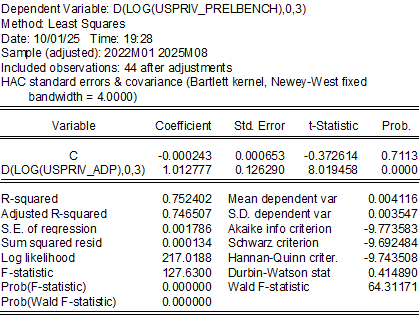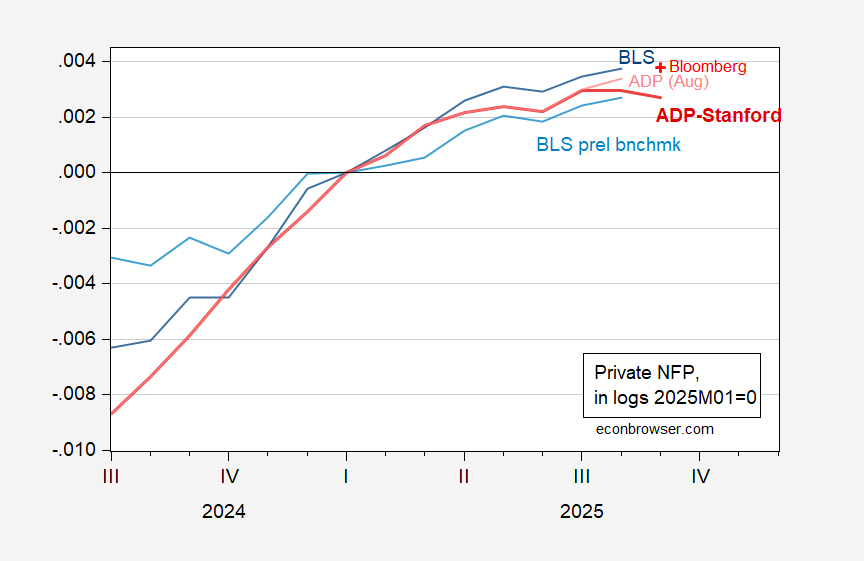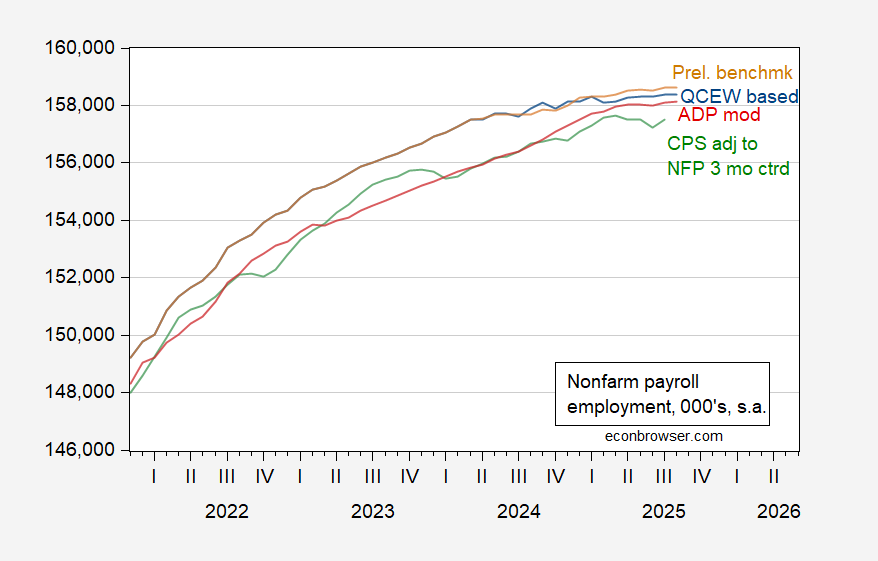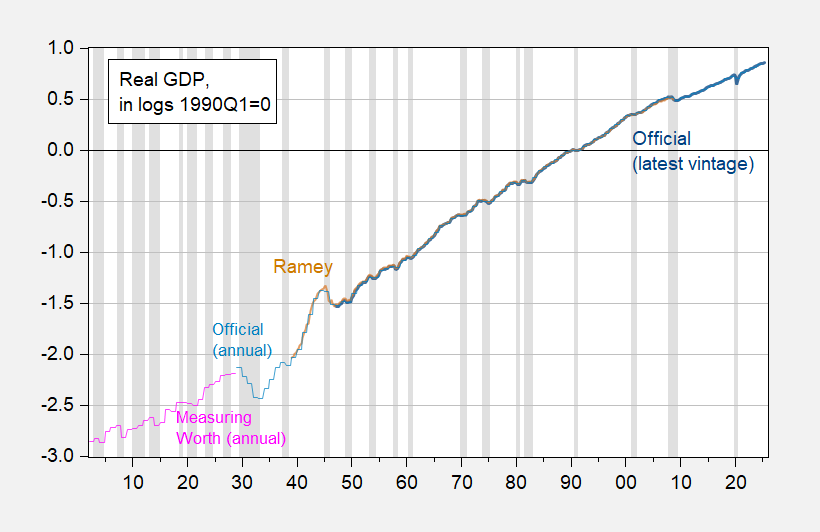
As we approach the end of this week, the release of the Bureau of Labor Statistics (BLS) series for private nonfarm payrolls (NFP) remains on the horizon, leaving economists and analysts alike searching for alternative methods to gauge employment trends. One potential resource is the ADP-Stanford Digital Laboratory series, which, unfortunately, fell short of expectations, missing consensus estimates by a staggering 84,000 jobs on the downside.
The question arises: can we rely on the ADP series to provide a meaningful nowcast for the upcoming BLS report? The answer, as is often the case in economics, is both yes and no. Observations from various experts reveal that while the month-on-month correlation between ADP and BLS series is relatively weak, the quarter-on-quarter correlation shows a stronger alignment. This discrepancy suggests that the two data sets can provide insights when viewed over a more extended timeframe.
To illustrate this point, a regression analysis comparing the BLS series against the ADP series—using three-month log differences—indicates a robust relationship. Specifically, the growth rates observed quarterly are highly correlated, exhibiting approximately unit elasticity. This statistical relationship enables the generation of a nowcast for private nonfarm payroll employment.
According to these estimates, the current point forecast implies a reduction in employment. However, it is important to note that the accompanying standard error interval is quite wide, indicating significant uncertainty. This means that while the data leans toward a negative reading, a positive outcome remains equally plausible when the official report is eventually released.
In summary, the upcoming BLS report on private nonfarm payrolls will be closely scrutinized, particularly in light of the recent ADP figures. While the implications of the nowcast suggest a potential downturn in employment, the inherent uncertainties in the data underscore the complexities of labor market dynamics. As we await the official figures, it is crucial to approach these predictions with a balanced perspective, recognizing both the risks and opportunities that lie ahead for the economy and workers alike.


